It's Official: This Is the Best Temperature for Sleep, According to an Expert

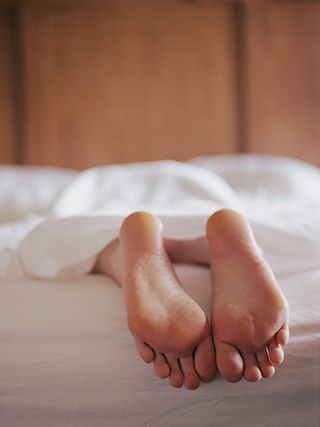
Waking up in middle of the night and not knowing why, tossing and turning for hours, sleeping with one leg inside the comforter and the other hanging out—we all know the struggle of not feeling comfortable temperature-wise when it's time for bed. But what might seem like just a little inconvenience actually impacts your overall sleeping pattern. Even more interesting, being warm and cozy might not be the best idea if you really want to get a good night's rest.
"When you near bedtime, your body begins to cool down by about one to two degrees to get into sleep mode," says Adam Tishman, Helix co-founder and sleep expert. "In general, sleeping in a cool environment will help you maintain this lower body temperature, which in turn will help lull you into a longer, deeper sleep."
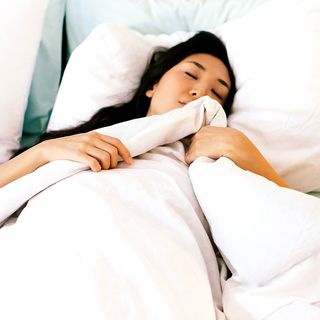
According to Tishman, the ideal temperature to fall asleep in is between 60º and 68ºF. He explains that this room temperature will help the body maintain a temperature slightly lower than 98.6º and is the best range to get a restful night's sleep.
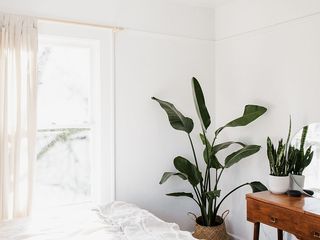
As for the worst temperature, he says there's not a specific range. But he does say that anything that feels too hot for you is not recommended. "When you're too hot, it is difficult to fall and stay asleep throughout the night," he says. "Warm temperatures not only cause uncomfortable night sweats and overheating, but they also prevent you from hitting that lower body temperature ideal for sleeping."

So if you're feeling too hot, he suggests that you can do the following things to cool down.
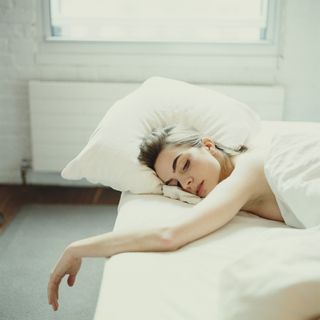
"Keeping your limbs far away from each other can help keep you cool and prevent the transfer of heat throughout your body," he says.
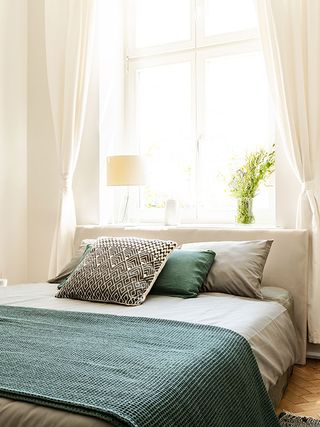
"Certain materials like memory foam, in particular, retain heat and sleep super hot," he says. "Go for a mattress that uses materials with higher airflow like polyurethane foam, microcoils, and other non–memory foam materials."
3. Try cooling sheets and pillows.
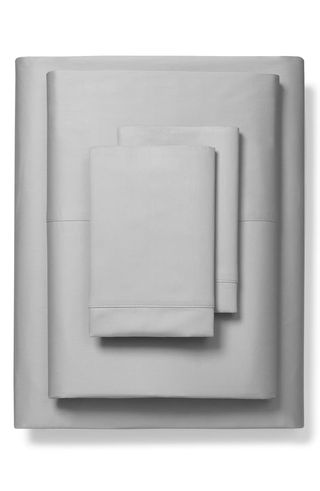
"Cotton sheets are a good choice, as the material is breathable and promotes airflow," he says. "Additionally, pillows with special cooling covers can help keep you cool throughout the night."
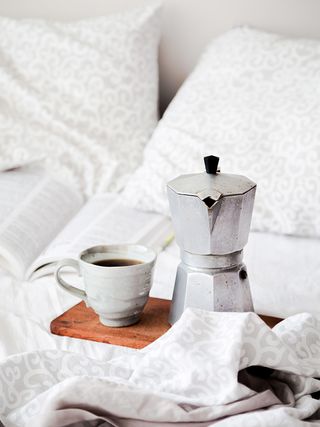
Sleeping in colder temperatures also has many health benefits. Studies have shown that sleeping in a cold room can help with insomnia and helps increase metabolism. So excuse us while we move our space heater away from our beds and take a blanket—or three—off too.
Next up: The One-Minute Trick That Makes Getting Up in the Morning Easier
Disclaimer
This article is provided for informational purposes only and is not intended to be used in the place of advice of your physician or other medical professionals. You should always consult with your doctor or healthcare provider first with any health-related questions.

Who's your beauty icon?
Kate Moss. She's the OG beauty chameleon.
Who are your 5 favorite people to follow on Instagram?
@zoeisabellakravitz @bellahadid @emrata @beautifuldestinations @bookofthemonth
What's the beauty essential you can’t live without?
Eyeliner. People sadly look at me strangely (or share concern over my well being) when I don't wear it. My go-to is the Marc Jacobs Beauty Highliner Gel Eye Crayon Eyeliner in black.
What's your desert island album?
The Weeknd's Starboy.
What's your favorite Byrdie.com story?
Game of Thrones Star Nathalie Emmanuel on Fame, Fear, and Her Iconic Hair. It's such a great profile on her and it almost made me want to start watching Game of Thrones.
-
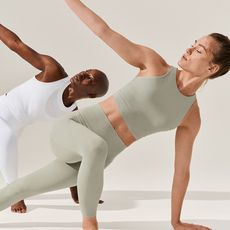 I Live for Yoga and Pilates—These Are the Pieces That Help My Flow
I Live for Yoga and Pilates—These Are the Pieces That Help My FlowTake notes.
By Humaa Hussain
-
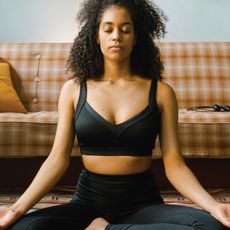 It's Time to Get Our Nutrition in Check for Summer—This App Is Making It Easy
It's Time to Get Our Nutrition in Check for Summer—This App Is Making It EasyThe recipe ideas are endless.
By Who What Wear
-
 If You're Battling With Digestive Issues, This Could Be Why
If You're Battling With Digestive Issues, This Could Be WhyTurns out, you may not have IBS after all.
By Kia Topps
-
 Our Editors Own a Lot of Sneakers, But This Pair Comes in First Place Every Time
Our Editors Own a Lot of Sneakers, But This Pair Comes in First Place Every TimeA major win.
By Aniyah Morinia
-
 I Changed My Mind About Strength Training When I Tried This Workout
I Changed My Mind About Strength Training When I Tried This WorkoutMy confidence is officially on 10.
By Kia Topps
-
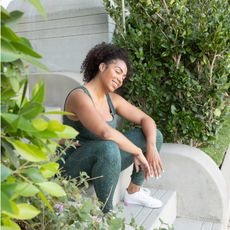 This Type of Gear Will Take Your Workout to the Next Level
This Type of Gear Will Take Your Workout to the Next LevelBring it on.
By Sarah Yang
-
 6 Essential Oils That Will Heal Your Painful Sunburns
6 Essential Oils That Will Heal Your Painful SunburnsAll-natural relief ahead.
By Samantha Parsons
-
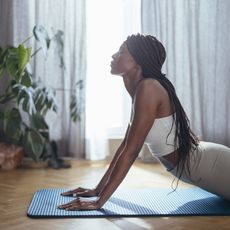 The Activewear Accessory That Can Change Your Yoga Practice
The Activewear Accessory That Can Change Your Yoga PracticeIt's so helpful.
By Sarah Yang

